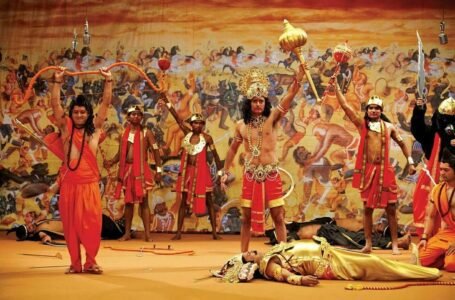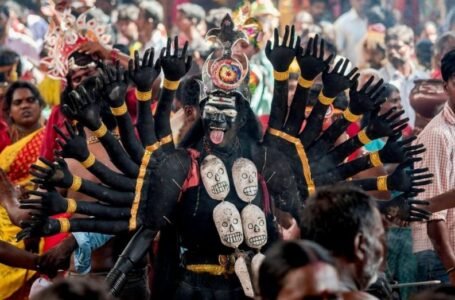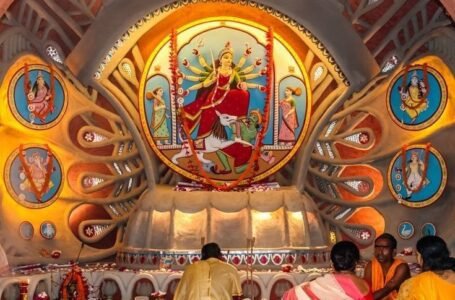THE ROMAN EMPIRE:Eternal Dominion

This world has seen many willful and fierce empires. Civilizations are transient, and every powerful empire is bound to fall into ruins someday, but what matters is the essence that it leaves on the world. Every fallen empire’s footprint is important for the society to grow and foresee social change. One amongst these is the famous Empire of Echoes –The Roman Empire. Encompassing the areas of Europe, North Africa and Western Asia, this empire dominated the Mediterranean region and monopolized all its resources and trade.
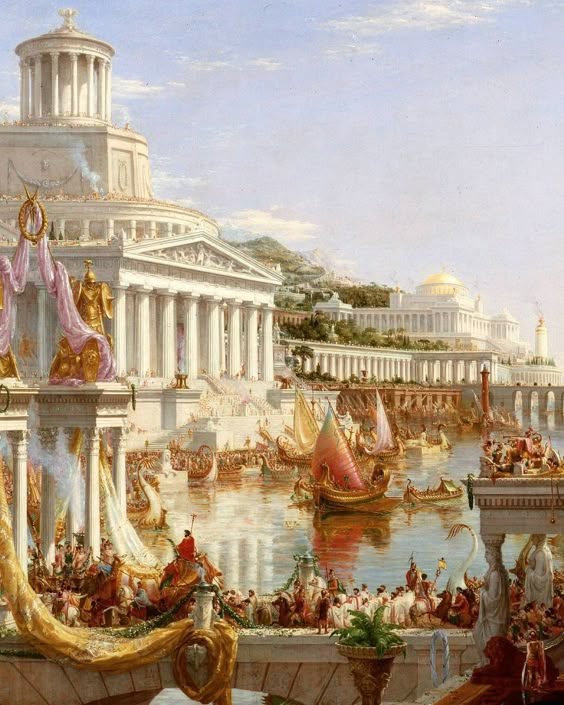
Known as one of the strongest empires to ever exist to man, The Roman Empire was a successor to the Roman Republic. Augustus Ceasar, the adopted son of Julius Ceasar, was known as the first emperor of the Roman Empire. The republic handed over the reins of the empire in 27 BC, after Octavian also known as Augustus successfully annexed the region of Egypt and defeated the Ptolemaic kingdom. Renowned for the brilliance of the administration, governance and cavalry, the Roman Empire has three major components: The Central Government, more or less the emperor and his court, The military, and the provincial government. The long life of this empire is rooted in its strength in bureaucracy and administration.
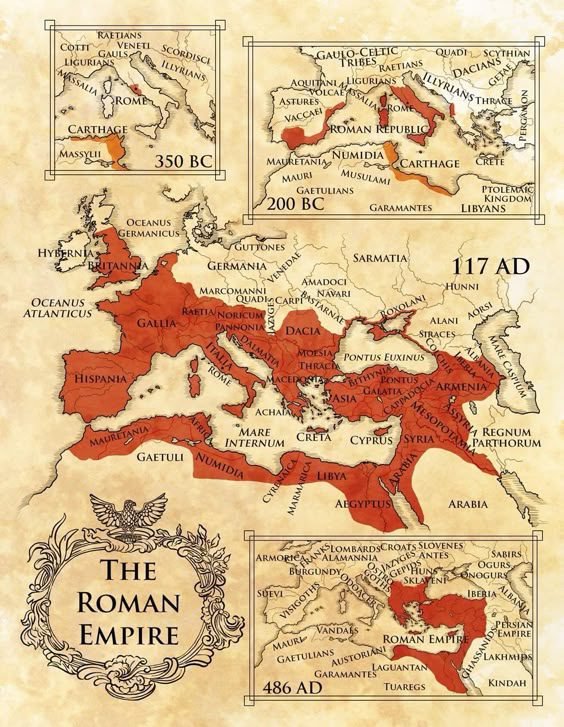
The Roman Empire was also a culturally diverse one. Conquering so many parts of the world, the empire contained several varieties of people speaking different languages, following different religions or beliefs, etc. The main languages that were spoken in the empire, usually for professional purposes were Latin and Greek. However, there were also many more languages like Catalan, French, Italian, Spanish, Romanian, Portuguese, and Rhaetian dialects which were also spoken. This made this kingdom rich in various kinds of arts, sculptures, and paintings, engulfing all the different cultures existing at once under a single empire.
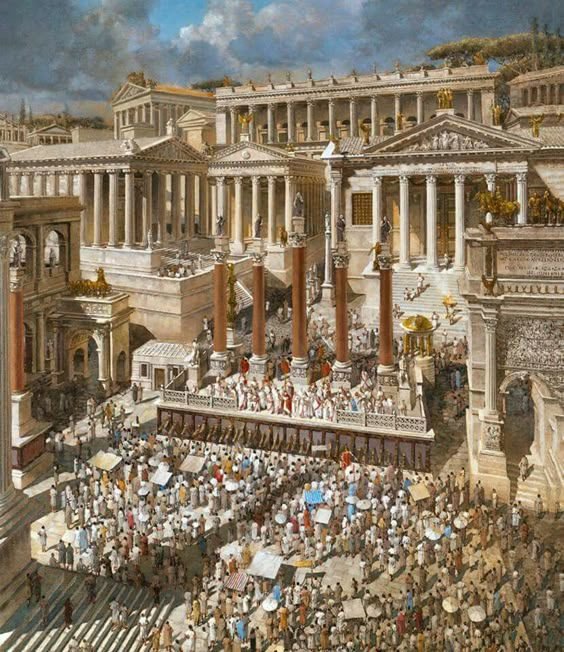
Speaking about Art and Sculptures, This period brought some revolutionary changes in this field. Their public arts such as Portraiture sculptures, monuments such as victory columns and triumphal arches and iconography on coins are significantly rewarded in historical and ideological analysis. Along with this, elaborately refined limestone and carved marblework sculptures were also prevalent during the 2nd– 4th centuries, known as Sacrophagi. It has been called the richest single source of Roman iconography. Initial Roman paintings were drawn from Etruscan and Greek models and techniques and can be found in palaces, villas and catacombs. One of the most everlasting pieces of art to come from this era were Mosaics. They are found on architectural features such as floors, ceilings, etc. The most common is the Tessellated mosaic formed from uniform pieces of stones and glass. Along with the abstract power, Primarily, this empire also possessed military power.

The Roman Empire, one of history’s most influential civilizations, spanned from 27 BCE to 476 CE in the West, and its decline was a complex process influenced by a myriad of social, political, economic, and military factors. This decline was further fueled by economic instability, propelled by two major factors: rampant overspending on military campaigns and excessive taxation levied on the citizens of Rome. The heavy reliance on slave labor stifled technological growth and development, hence the stagnation of agriculture, while the costs of maintaining large swaths of territory drained away other necessary resources. Corruption played an important role on the political scene as well; plagued by internal dissent and incompetence during the disarray of the Third Century (235-284 CE), rapid successions of emperors coupled with civil wars dissipated central authority and diminished faith in the government. Military incursions into Italy and a growing military power aggravated existing political disorder, as the military began placing leaders in power or deposing them by force rather than through approach dictated by legal legitimacy.
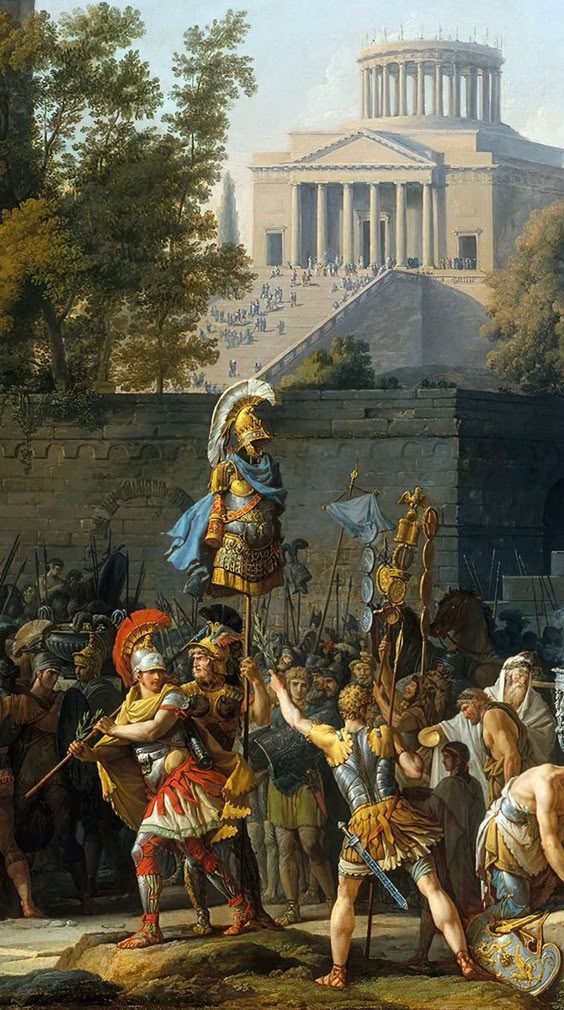
As a result, despite the rise of political and military power, the gap between the rich and the poor widened as wealth grew concentrated in some elite circles, resulting in unrest and demoralization of civic duty and Roman values. Christianity altered these cultural paradigms by not only putting traditional Roman pantheon under challenge but also changing societal experiential affairs. In terms of military threats, the empire faced increasing external pressures; several barbarian tribes from as far back as the 3rd century CE started invading the Roman frontiers, Goths, and Vandals in particular. The very notion of Rome being able to defend its own territory began to be called into question. The legions stretched thin and with a lot of them poorly equipped; the Battle of Adrianople in 378 CE will always serve as a grim reminder of the vulnerability of the empire, where the Gothic army would inflict a decisive defeat on a Roman army. To cope with his vast empire, amid all of these changes, Diocletion finally divided it into the Western Roman Empire and the Eastern Roman Empire in late 3rd century CE. While this did create more decentralized forms of local governance, it ultimately sowed the seeds of misfortune among Western Rome, as the Byzantine-centered Eastern Roman Empire thrived.
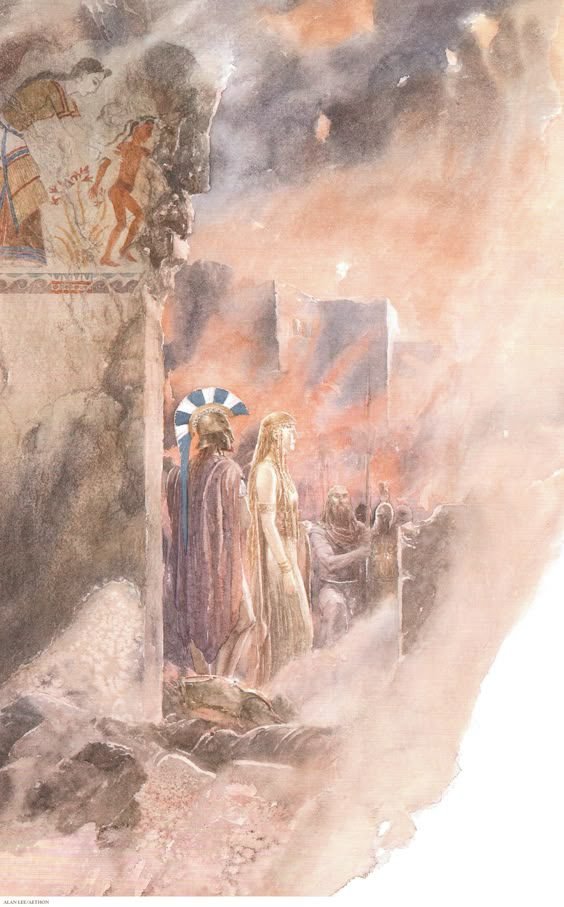
In the 5th century CE, the Western Empire became increasingly capable of keeping the invaders at bay. Rome’s fourth-century trip under the Visigoth’s sack in 410 CE signaled for a sure descent of Roman power besetting the Lands of the Vandals. Frequently, the traditional view observes that the final abdication of Romulus Augustulus was initiated by Germanic Odoacer in 476 CE, a formal symbolic conclusion of the Western Roman Empire. Indeed, the downfall resulted not from a single development but was intertwined with several issues. Economic trouble, political instability, social regression, military problems, and division of the empire all contributed to its demise, while the legacy of Rome continued to influence later societies, shaping the course of Western history.

The influence that the Roman Empire had on the entire world was massive, and even today, it is acknowledged in historical and educational texts to be one of the most culturally impactful empires of all time. Important figures like Julius Ceaser and Augustus Ceaser are structured as heroes in their respective stories for creating such a massive empire. Rome still remains a country with a rich historic background and a heroic aesthetic.
